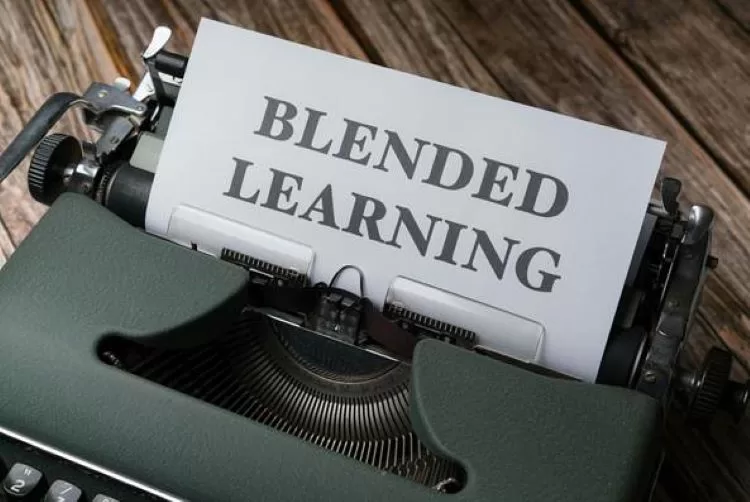BACK TO BASICS: THE IMPORTANCE OF BALANCING INNOVATION WITH TRADITION IN EDUCATION
DECEMBER 2024
In an era where technological advancements are transforming every aspect of our lives, the educational sector is no exception. While innovation and technology have the potential to revolutionise learning, it is crucial to remember that not all change is inherently good, and tradition plays a vital role in maintaining the integrity and effectiveness of education, an education expert says.

Dr Andre Abrahams
Deputy Dean: Academic Development & Support at The Independent Institute of Education
“Despite the rapid evolution of educational technologies, certain foundational skills and knowledge remain indispensable. Reading, writing, critical thinking, and problem-solving are timeless components of education that transcend technological advancements. These skills are essential for students to navigate a complex and ever-changing world,” says Dr Andre Abrahams, Deputy Dean: Academic Development and Support at The Independent Institute of Education, SA’s leading private higher education provider.

Dr Abrahams recently delivered the keynote address at the International Conference on Education Research (ICER), hosted by The IIE, wherein he made the case for the importance of balancing innovation with tradition.
Technology, particularly artificial intelligence (AI), has the potential to significantly enhance learning outcomes. AI tools can automate administrative tasks, provide personalised learning experiences, and make education more interactive and engaging. For instance, AI-powered adaptive learning platforms can identify knowledge gaps and offer customised content to students, improving their learning outcomes, he notes.

Images: Freepik, Pexels
“But while technology can replicate and supplement traditional methods, it cannot replace the human touch that is essential for holistic education. Good pedagogy, which includes building positive relationships with students, providing emotional support, and fostering critical thinking, remains at the core of effective teaching.
“Activities like read-aloud with physical books, for instance, continue to hold a special place in education, promoting a unique connection with literature and fostering a sense of community among students.”
On the other hand, traditional educational practices do have their limitations, says Abrahams.
“They often fail to engage students with varied learning preferences, leading to a one-size-fits-all approach that can leave some students behind. Additionally, traditional methods can sometimes hinder the discovery of new information and solutions to fundamental issues, and they may control who is allowed to produce ideas and what is considered scholarly knowledge.
“These shortfalls highlight the need for innovation and adaptation in the educational system.”
BLENDING TRADITION WITH INNOVATION
The key to effective education lies in striking a balance between tradition and innovation, says Dr Abrahams.
“Blended learning environments, which combine traditional teaching methods with modern technological tools, are showing promising results. These environments allow teachers to focus on complex teaching duties and direct student interaction while leveraging AI to handle repetitive tasks such as grading and tutoring.
“Tradition serves as a reminder that not all change is good simply because it is new. It cautions us against the allure of novelty and fashion, encouraging us to evaluate technological advancements based on their true value rather than their novelty. This balanced approach ensures that we do not sacrifice the essential elements of education in the pursuit of innovation.”
By leveraging the best of both worlds, we can create an educational system that is both modern and inclusive, ensuring that students receive the foundational knowledge and skills they need to thrive in a rapidly changing world, says Dr Abrahams.
“Tradition is not a hindrance to progress but a guiding light that helps us navigate the complexities of modern education with wisdom and caution. As we embrace technological advancements, it is crucial to do so with caution to promote equity, fairness, and inclusion. Development and progress should be accessible to all, not just a select few.
“By designing technology with diverse students in mind, we can ensure that digital fairness and inclusion are prioritised. This approach emphasises that the goal should not be to be the first or the fastest but to create a system that is equitable and beneficial for everyone.”




























